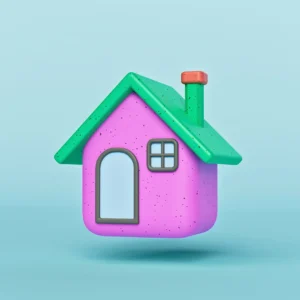I have a water leak or flood in my home. What do I do?
If you discover a water leak or flood in your home, you’ll want to minimize damage and prevent it from spreading as soon as you can, but only if it’s safe. If you’re not sure call in emergency or professional help. If you can, try to figure out where the water is coming from.
- If it’s coming from a plumbing source inside the house,
- Turn off the water. There is a main shut-off in your basement, and most faucets and appliances have their own shut-offs. Shutting the water off closer to the leak will minimize inconvenience, but sometimes shutting all the water off for the whole house is the only option.
- Call a plumber to fix the leak. Keep receipts from the plumber.
- Call your insurance company. They should arrange to send a restoration specialist over to start the cleanup process. It could take a few hours or days.
- Take a few pictures of the area with water damage before you start cleaning up.
- Don’t throw anything away yet, even if it’s damaged beyond repair.
- Move wood and fabric items off the floor, damaged or not. No matter where the water is coming from, it could continue to rise or spread. Keep the damaged items separate from the stuff you’ve saved.
- Take pictures of all the damaged items.
- If there’s just a bit of standing water, mop up what you can.
- If you have to wait more than a few hours for the restoration specialist and there’s a lot of standing water, rent a wet-dry vacuum to start removing the water (Keep the receipt).
- Rent a heavy-duty dehumidifier to start drying out the area (Keep the receipt). Use fans to air out the area. Keep the heat down (room temperature). High heat promotes mold growth. You don’t want that.
- Wait for the restoration team and the claims adjuster.
Am I covered for a water damage or flood claim?
Every insurer offers slightly different coverages for water, but here are the basics:
- If the water came from a burst pipe, leaky fixture or sink that overflowed, it should be covered under most home insurance policies. (The exception is a slow leak that caused damage over weeks or months)
- If the damage is caused by a sewer backup, it’s only covered if you have sewer backup coverage. In some cases you can add sewer backup coverage for as little as $20 a year.
- If the water came from outside, it gets a little tricky:
- If water got in because a severe weather event caused damage to the roof or windows, that water damage should be covered.
- If water got in through doorways or window wells during a spring melt or heavy rain that caused a flood, it is only covered if you have something called overland flood coverage. Sometimes it’s included with sewer backup depending on your plan. The cost of this extra coverage is $10-30 a year.
- If water seeped into your basement through cracks in the foundation and you have something called groundwater coverage included on your policy, you should be covered. Give us a call if you have any questions.
Good to know
Getting your home and possessions dried out as soon as possible is critical so that mold doesn’t develop. This can become a health risk and mold can be difficult to remove.
If you have a claim, call us at 1-800-731-2228 or email us at claims@nullmitchinsurance.com. We’re here to help you with the claims process if you need help.




